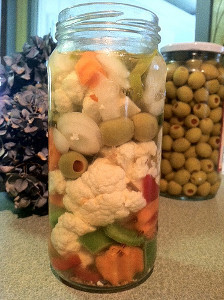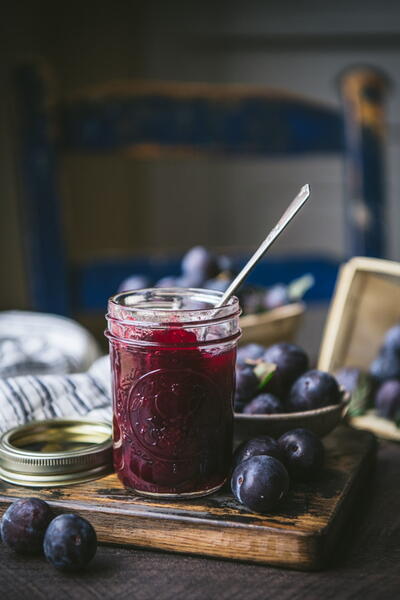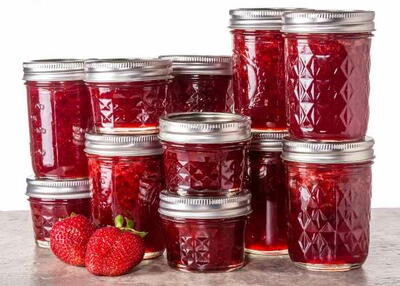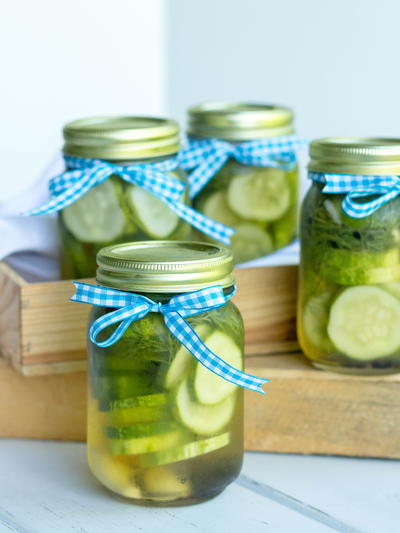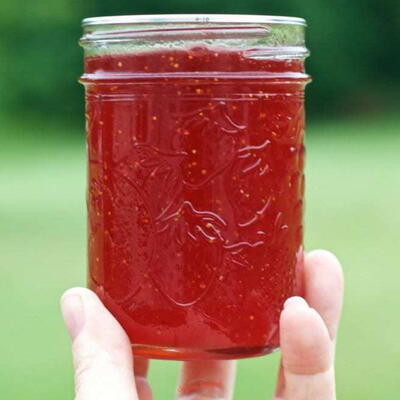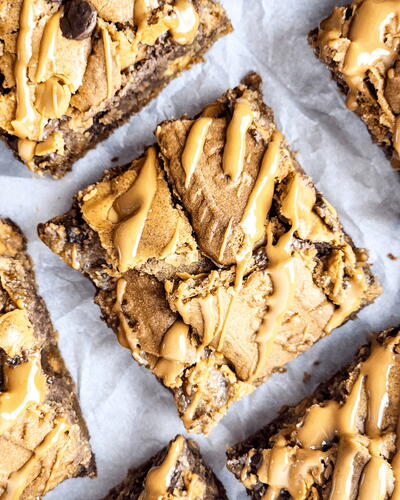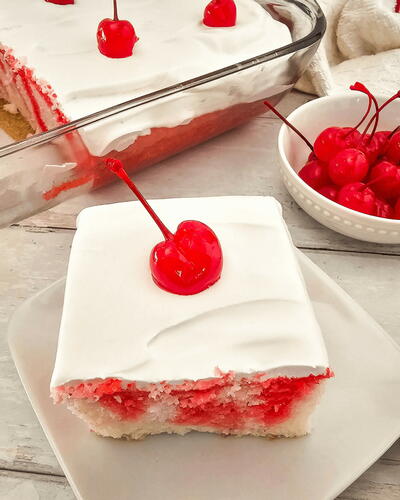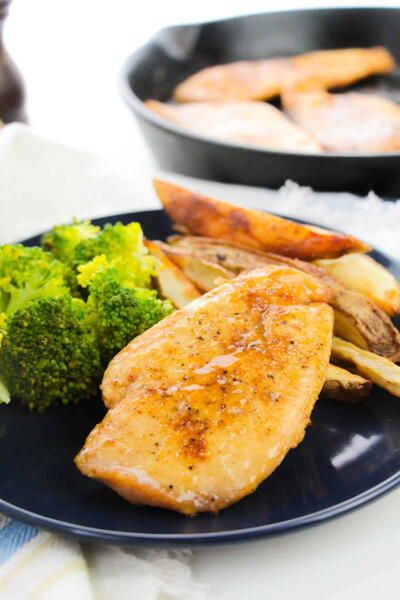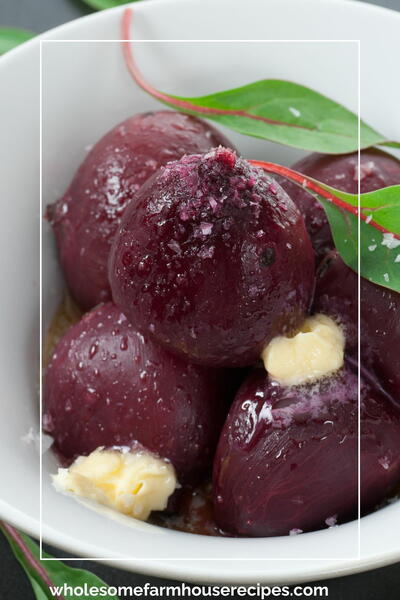Curing Black Olives
Ingredients
- The recipe calls for "green, straw-colored or cherry-red" olives,
- but will work with darker olives, although the fruit may soften or
- wrinkle.
Instructions
There are a couple of precautions that should be observed when working with lye. DO NOT get any on you, it can cause serious burns. Keep a container of vinegar nearby in case of contact. I wear safety glasses just to ensure I don't get any in my eyes. Also, use only 100% pure lye (sodium hydroxide) available in the drain cleaner section of most grocery stores. I use Red Devil brand. DO NOT use aluminum pans or utensils when working with lye, the lye will etch the aluminum quite rapidly. Use glass, stoneware or heavy, light-colored plastic containers. Utensils should be stainless steel or plastic. While making the lye solutions, ALWAYS add lye to water, not vice- versa. The addition of lye to water causes the water to heat up. Allow the solution to cool (65-70 F) before pouring it over the olives. First lye treatment. Prepare a lye solution containing 1.5 oz (3 Tbsp) lye per gallon of water. Pour the solution over the olives and let stand until it penetrates only the skins. Start checking the olives after 1 hour and then every 30 minutes. Remove the lye solution by draining thoroughly and rinsing. Expose the olives to the air for about 24 hrs in the container in which they were treated. This helps darken them. Stir olives 3 times during this period. Second lye treatment. Prepare a lye solution as before, 1.5 oz (3 Tbsp) per gallon of water. Pour this over the olives and let stand until it penetrates 1/4 way into the flesh (check frequently). Remove the lye and expose the olives to the air for 24 hours, stirring as before. Check every 30 mins during each treatment. Third lye treatment. Use a lye that is the same strength as the first lye treatments. Pour it over the olives and let stand until it penetrates 1/2 way into the flesh. Pour off the solution and expose the olives to the air for 24 hrs, stirring as before. Fourth lye treatment. Use a lye that is the same strength as the first lye treatments. Pour it over the olives and let stand until it penetrates 3/4 way into the flesh. Pour off the solution and expose the olives to the air for 24 hrs, stirring as before. Fifth lye treatment. Make a solutionusing 2 ounces (4 Tbsp) lye to 1 gallon water. Pour this over the olives and let stand until it penetrates all the way to the pits. Pour off the solution and expose olives to the air for 24 hrs, stirring as before. Cover the olives with cold water. Change the water four times daily until the olives no longer contain lye (up to 7 or 8 days). Test with litmus paper, which will remain pink. Cover the olives with brine (as describe below). To set the black color, add ferrous glucomate or iron sulfate with the salt solution. Both can be found in drugstores. Use 1 tablet of either per gallon of olives. Crush the tablet and add to brine solution and stir. If in capsule form, cut capsule open and add content to brine. BRINE CURE FOR SHORT STORAGE Cover the olives with salt brine made with 6 Tbsp salt per gallon of water. Let stand two days. Refrigerate and use within two weeks. BRINE CURE FOR LONGER STORAGE In order to secure plump olives of good texture, brining should be gradual. A strong solution of brine combined with a short brining period produces hard, wrinkled fruit. To keep longer than 2 weeks, first follow instructions for short term usage, then: Cover with salt brine - 13 Tbsp salt (slightly more than 3/4 cup) per callon of water. Store one week. Drain olives and cover with fresh brine - 1+2/3 cup salt per gallon of water. Let stand 10-12 days. Drain and cover with fresh brine - 1+2/3 cup salt per gallon of water. Store in a cool place, preferably refrigerator. Use within 4-6 months. Before eating, soak olives overnight (or longer) in fresh water to remove excess salt. Use within 3 days of soaking. IMPORTANT: If the olives become moldy, soft or bad smelling, DO NOT eat them, or even taste them !

